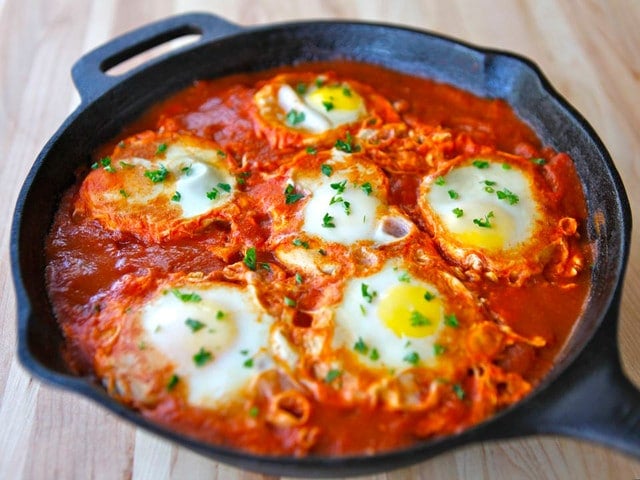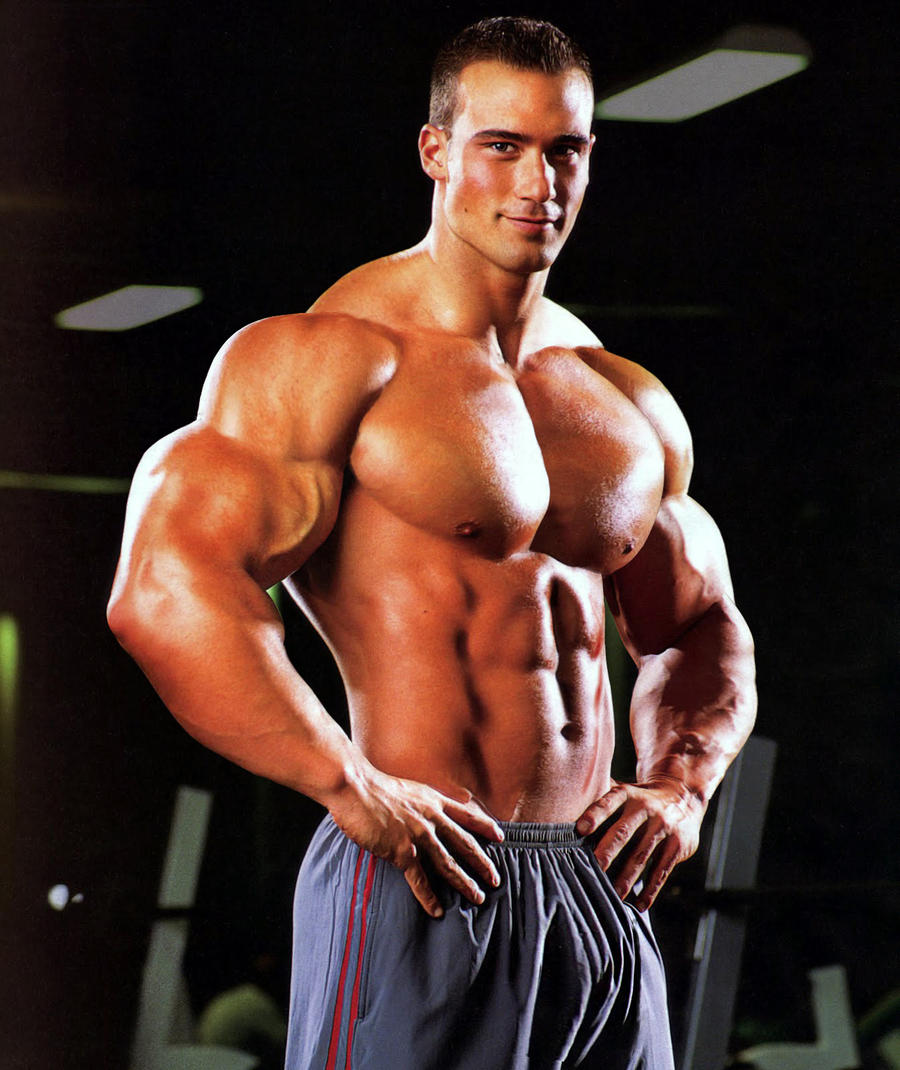Never Forget to Stretch!
"And as always fitness enthusiasts, do not forget to stretch on daily basis. Even if on days you did not workout." Says Ophir Health and Fitness Coach from Fitness Fixes.
"Over time our bodies naturally lose their flexibility, muscle shrinks and inflammation may occur. Stretching helps prevent these discomforts from happening. A basic stretch should be more than sufficient. Once you get better, you may progress to the next level." Here are a few to get you started:
DOUBLE KNEE TO CHEST STRETCH
Preparation:
Initiate a thorough dynamic warm-up prior to starting this exercise; this engages the nervous system.

Initiate a thorough dynamic warm-up prior to starting this exercise; this engages the nervous system.
Movement :
- Lie flat on the floor with the legs straight.
- Lift both legs off of the floor and maintain triple flexion (at the hips, knees and ankles.)
- Flatten out the back by initiating a posterior pelvic rotation (push the small of the back into the floor.)
- With slow and controlled movement, grab the elevated legs into the chest (as shown.)
- Hold for 30 seconds. Repeat 2-3 times.
HAMSTRING – LOWER, LYING
Preparation: Lie down on back and flex hip and knee to 90°.
Lie down on back and flex hip and knee to 90°.
Your lumbar spine should NOT move!
 Lie down on back and flex hip and knee to 90°.
Lie down on back and flex hip and knee to 90°.Your lumbar spine should NOT move!
Movement:
- Pull your thigh toward your chest and toe back toward your shin as far as you can control.
- Slowly extend knee to ceiling until a slight stretch is felt.
- The upper thigh must remain stationary without allowing the spine to move.
- Hold for 20-30 seconds, repeat for 2-3 reps then switch legs.
- Alternative technique: Following movement instructions, wrap towel around foot and slowly extend knee to ceiling until a slight stretch is felt.
HIP FLEXOR – LYING
Preparation: Lie on your side.
Lie on your side.
Bring lower leg forward into triple flexion and grasp the ankle of top leg as shown.
 Lie on your side.
Lie on your side.Bring lower leg forward into triple flexion and grasp the ankle of top leg as shown.
Movement:
- Draw your belly button inward (activating the deep abdominal stabilising mechanism).
- Tighten glutes and perform a posterior pelvic tilt.
- Hold for 20-30 seconds, repeat for 2-3 reps.
- Explore different hip positions to find specific ‘tight spots’.
ERECTOR SPINAE – CROSS LEG
Preparation:
Lie supine on ground with left leg straight out, and right leg bent and crossed over left side as shown.

Lie supine on ground with left leg straight out, and right leg bent and crossed over left side as shown.
Movement:
- Draw your belly button inward.
- Slowly use your left arm against your right crossed leg to apply pressure to the point of tension.
- Hold for 20-30 seconds, repeat for 2-3 reps.
BOW POSE
Preparation:
Start lying prone on the floor.

Start lying prone on the floor.
Movement:
- Bend the legs and reach back to grab both feet.
- Grab the feet from the outside.
- Draw the shoulder blades together.
- Arch the back while simultaneously pushing the feet up into the air so thighs come off the ground.
- Be sure to hold onto the feet tightly to allow the raising of the feet to increase the spinal extension.
- Hold this position for 3-5 deep breaths.
HIP FLEXOR – KNEELING
Preparation: Kneel on one knee as pictured.
Kneel on one knee as pictured.
Slightly abduct and internally rotate the back leg.
 Kneel on one knee as pictured.
Kneel on one knee as pictured.Slightly abduct and internally rotate the back leg.
Movement:
- Draw your belly button inward (activating the deep abdominal stabilising mechanism).
- Tighten glutes and perform a posterior pelvic tilt.
- Hold for 20-30 seconds, repeat for 2-3 reps.
- Avoid arching low back!
- Motion occurs predominately at the pelvis (posterior pelvic tilt), the back leg should not move.
KNEELING HIP FLEXOR
Preparation: Begin with one leg in a kneeling position and the other leg bent at a 90° angle.
Begin with one leg in a kneeling position and the other leg bent at a 90° angle.
Position the back leg in internal rotation.
 Begin with one leg in a kneeling position and the other leg bent at a 90° angle.
Begin with one leg in a kneeling position and the other leg bent at a 90° angle.Position the back leg in internal rotation.
Movement:
- Draw your belly button inward.
- Squeeze your buttocks while rotating pelvis posteriorly.
- Slowly, move your body forward until a mild tension is achieved in the front of the hip being stretched.
- Next raise your stretch side arm up and over to the opposite side, while maintaining pelvis position.
- Hold side bend position and slowly rotate towards back leg.
- Hold stretch for a minimum of 20 seconds each side.
POSTERIOR CAPSULE
Preparation: Start in anatomical position, with the shoulder blades retracted and depressed, and the transverse abdominus engaged (through a drawing-in maneuver.)
Start in anatomical position, with the shoulder blades retracted and depressed, and the transverse abdominus engaged (through a drawing-in maneuver.)
 Start in anatomical position, with the shoulder blades retracted and depressed, and the transverse abdominus engaged (through a drawing-in maneuver.)
Start in anatomical position, with the shoulder blades retracted and depressed, and the transverse abdominus engaged (through a drawing-in maneuver.)
Movement:
- Bring the arm across the chest so that the palm is facing the body (as shown).
- With the opposing arm, apply LIGHT pressure until you feel a comfortable stretch in the posterior aspect of the shoulder.
- Hold for 1min each side. Repeat 2-3 times.
- Avoid the stretch if you feel ANY pain in the shoulder or arm.
PECTORAL – AGAINST WALL
Preparation: Stand against an object and form a 90/90° angle with your arms as depicted.
Stand against an object and form a 90/90° angle with your arms as depicted.
 Stand against an object and form a 90/90° angle with your arms as depicted.
Stand against an object and form a 90/90° angle with your arms as depicted.
Movement:
- Draw your belly button inward.
- Slowly lean trunk forward from stationary arm until a slight stretch is felt in the anterior shoulder and pectoral region.
- Hold for 20-30 seconds, repeat for 2-3 reps.
LAT – KNEELING or MODIFIED CHILD’S POSE
Preparation :
Position yourself in kneeling position as pictured.

Position yourself in kneeling position as pictured.
Movement :
- With one arm at a time, reach out, turn palm down (externally rotate the shoulder), push the lower back up (lumbar flexion).
- When first resistance barrier is felt, hold for 20-30 seconds.
- Repeat for 2-3 repetitions then switch arms.
























 own personal favorite “How can I look like this?” While holding up a picture of this guy on your right. Obviously if you started training your body from a young age, whether it be from playing sports, lifting weights, surfing, dancing what have you, your potential for growth and more visible muscular churn increases. But if you’ve never lifted a finger, the potential is much less. In my personal opinion and own personal experience what I have noticed is, everyday folks who start weight lifting at a much later age do have a harder time reaching their fitness goals. A few factors may affect this:
own personal favorite “How can I look like this?” While holding up a picture of this guy on your right. Obviously if you started training your body from a young age, whether it be from playing sports, lifting weights, surfing, dancing what have you, your potential for growth and more visible muscular churn increases. But if you’ve never lifted a finger, the potential is much less. In my personal opinion and own personal experience what I have noticed is, everyday folks who start weight lifting at a much later age do have a harder time reaching their fitness goals. A few factors may affect this: